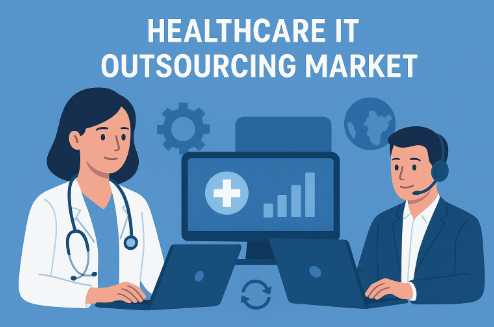"Corporate wellness talks often miss the mark because they focus on vague inspiration instead of actionable movement science," states Michele Bond, M.S., whose research in the International Journal of Exercise Science has revolutionized workplace wellness approaches. As a contributing author to "Fascia, The Tensional Network of the Human Body - 2nd Edition" and a Kinesiologist with over two decades of experience, Bond delivers corporate presentations that combine motivation with concrete movement solutions.
"People don't need another lecture about the importance of exercise - they need practical strategies they can implement immediately," Bond explains. Through her proprietary system, The Kinesiogram™, she's developed presentation content that transforms workplace wellness from theory to practice.
"Most corporate wellness speakers tell people what they already know," Bond shares. "I show them what they can actually do, right now, to improve their movement patterns and daily function." Her approach combines cutting-edge movement science with immediate, practical applications.
Bond's presentations stand out because they deliver tangible results during the session itself. "Participants don't just leave with notes - they leave with new awareness and specific movement strategies they've already practiced," she explains. "The transformation begins during the presentation."
Through extensive experience speaking to corporate audiences, Bond has refined her approach to address the unique challenges of workplace wellness. "Office workers face specific movement challenges," she notes. "We address these directly with solutions they can implement at their desks."
The impact of proper movement education in the workplace extends beyond individual health. "When employees understand how to move better, it affects everything from productivity to workplace injury rates," Bond emphasizes. "This isn't just about wellness - it's about workplace effectiveness."
Drawing from her research into fascial tissue response, Bond explains complex movement concepts in accessible ways. "People are fascinated when they understand how their connective tissue responds to daily movement patterns," she shares. "This knowledge changes how they approach their workday."
Through The Kinesiogram™ system, Bond provides corporate audiences with clear benchmarks for movement quality. "We don't just talk about better movement - we measure it, improve it, and give people tools to maintain it," she explains.
The presentations incorporate active participation without requiring special equipment or clothing. "We practice simple but effective movement strategies that can be done in business attire," Bond notes. "This shows people they don't need a gym to start improving their movement patterns."
Each presentation is tailored to the specific needs of the organization. "Some companies need focus on desk ergonomics, others on movement breaks, others on stress reduction through movement," Bond shares. "We address their unique challenges."
Success stories from corporate clients demonstrate the lasting impact of these presentations. "Managers often report that employees continue using the movement strategies months after the presentation," Bond reveals. "That's because we give them practical tools, not just inspiration."
The approach represents a significant departure from traditional corporate wellness talks. Instead of generic health advice, Bond provides specific movement strategies based on scientific research and practical application.
"One of the most rewarding aspects is seeing immediate changes in how people move," Bond shares. "When someone realizes they can address their chronic desk-related discomfort with simple movement strategies, it's transformative."
The impact extends beyond the workplace. Bond's research shows that improved movement patterns at work translate to better function in all areas of life. "When people move better at work, they feel better everywhere," she notes.
Ready to transform your corporate wellness program with science-based movement education? Visit www.michelebond.com and sign up for the mailing list to learn about corporate speaking opportunities and receive notification about the upcoming online training community launching in early 2025. Bring practical movement solutions to your workplace.


















